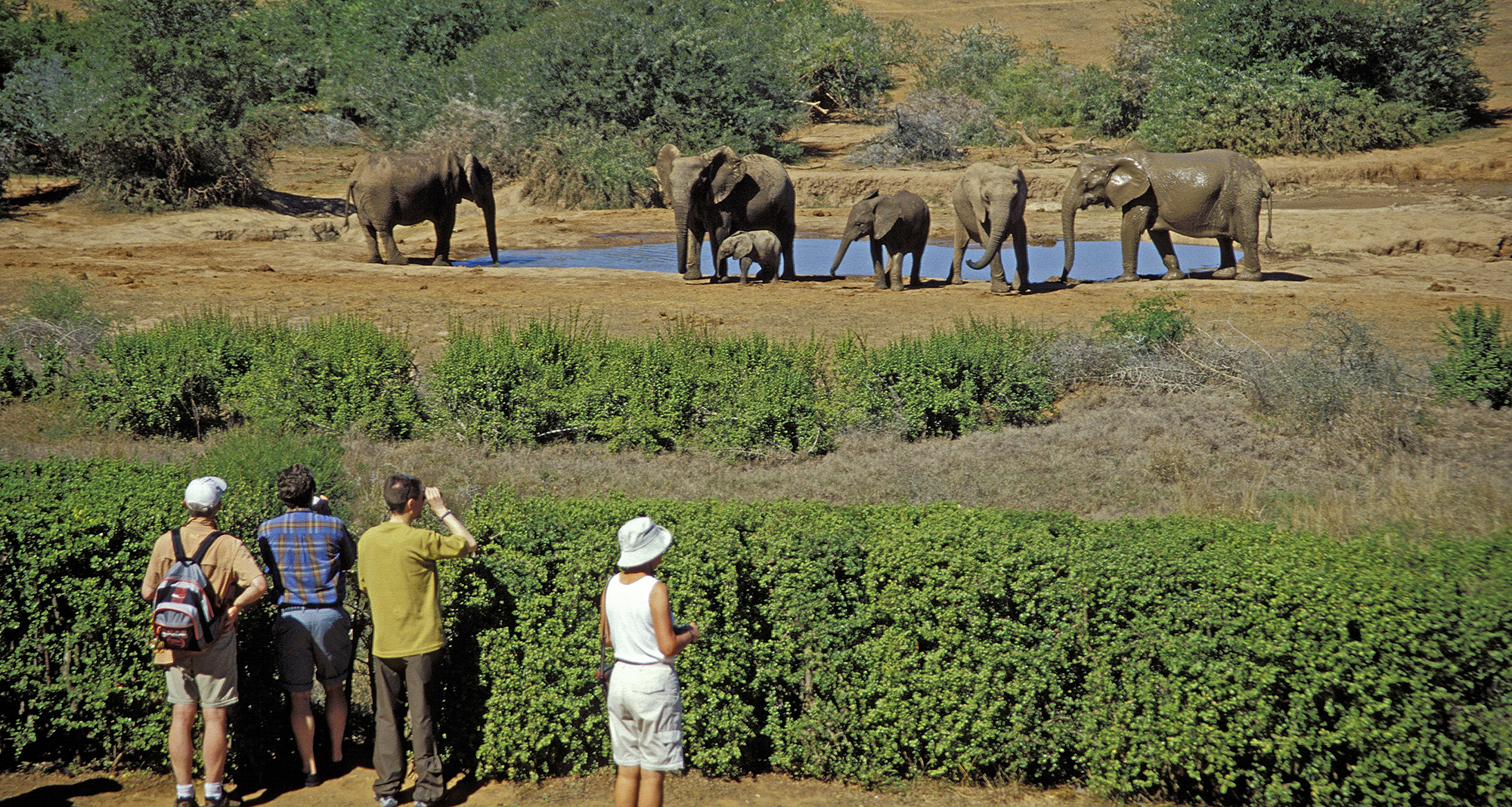Matthew Nash’s study is quoted in the Daily Maverick article by Don Pinnock, and ranks South Africa as 19th out of 200 countries. This global data collation effort ignores a wealth of useful scientific work on the subject, and is not particularly enlightening.
Nash explains that “all data is based on raw numbers comparing countries without adjusting for size or geographic location”. We can quickly estimate that if country size is accounted for (which is the usual practice) , South Africa moves up the “rankings” from the top 10% into the top 5%.
More importantly, the number of species in a country (species richness) is only one measure of how “biodiverse” a nation is. There are other well-established ways to compare countries or regions using species and ecosystem richness and endemism, and vulnerability.
Seventeen megadiverse countries are identified — which together contain more than two-thirds of the world’s biodiversity. The main criterion for megadiverse countries is endemism. Species that are found in a single region or country, and nowhere else on earth, are known as endemic species.
In terms of endemism, South Africa is remarkable by any standard.
Around 50% of the South African species of amphibians, butterflies, reptiles, spiders and freshwater fish are endemic. Two-thirds or 67% of South Africa’s plant species are endemic. Approximately 40% of South Africa’s estimated 10,000 marine animal species are endemic.
South Africa ranks as one of the top 10 nations globally for plant species richness and third for marine species endemism. South Africa also holds three of the world’s 36 biodiversity hotspots (a measure of biological diversity combined with vulnerability to threats): the Cape Floristic Region, Succulent Karoo biome and the Maputaland-Pondoland-Albany centre of endemism.
South Africa’s wide range of bioclimatic, oceanographic, geological and topographical settings have resulted not only in high species diversity and endemism, but also high ecosystem diversity and endemism across all realms (terrestrial, freshwater, estuarine and marine).
The title of Pinnock’s article was misleading and actually potentially damaging to efforts to share information with the South African public about the country’s remarkable biodiversity, and to inspire action to better conserve and manage it.
Journalists, science writers and newspaper editors have a responsibility to look at a study like Nash’s and put it into national context for the public.
While Pinnock mentioned important current issues such as the draft White Paper on the Conservation and Sustainable Use of Biodiversity, and the partial achievement of the Convention on Biological Diversity’s Aichi Biodiversity Targets, the headline and some content of the article were both misleading and needlessly emotive.
No effort seems to have been made to explore or report alternative facts or perspectives — which are readily available. For example, South Africa’s National Biodiversity Assessment synthesises the best available science to inform policy and decision-making in a range of sectors, and contribute to national development priorities.
South Africa’s biodiversity is not only special based on a range of measures, it is also vitally important.
It provides a wide array of benefits to the economy, society and human wellbeing — including more than 400,000 jobs, more than 2,000 medicinal plant species, at least R31-billion per year in biodiversity tourism, 22 commercial fisheries, horticultural gems that are world-renowned, indigenous crops like rooibos, and many more services such as pollinating crops and securing the quantity and quality of our scarce freshwater resources.
We encourage Daily Maverick readers to look at the National Biodiversity Assessment, which is led by the South African National Biodiversity Institute in collaboration with the biodiversity science community.
The assessment (various reports and materials are available here) contains much more than the facts and figures mentioned here, and is a more reliable, well-rounded view of South Africa’s biodiversity assets, the pressures they face and the benefits they bring. DM/OBP




 Tourists view elephants at Addo Elephant National Park near Gqeberha, South Africa. (Photo: Gallo Images)
Tourists view elephants at Addo Elephant National Park near Gqeberha, South Africa. (Photo: Gallo Images)